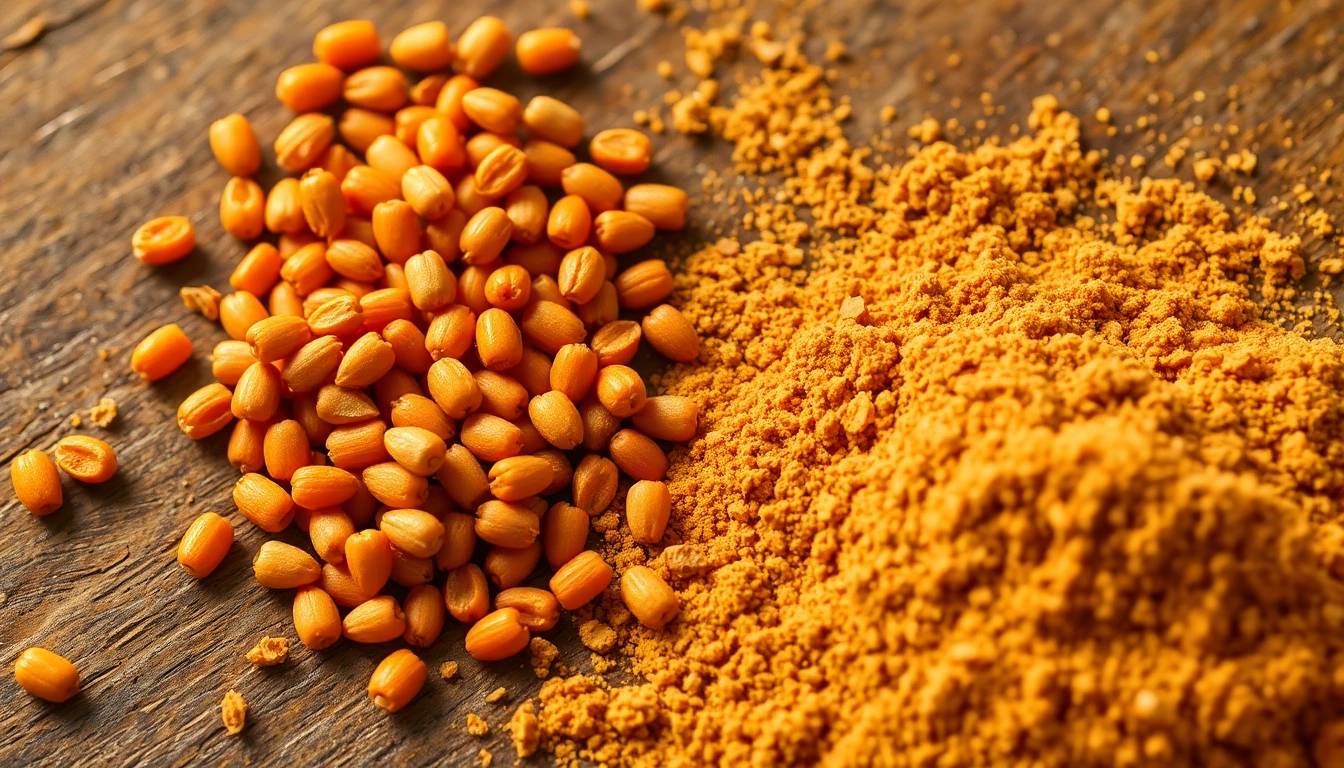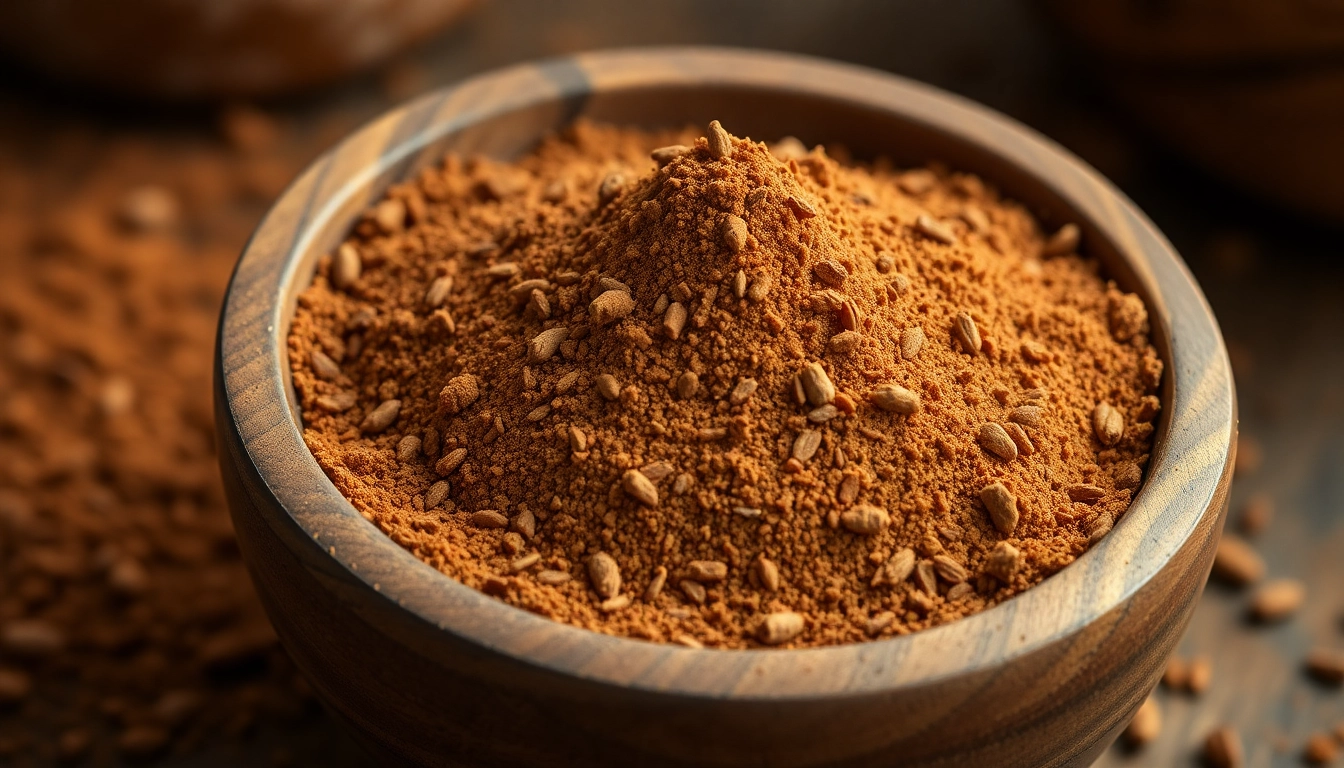Understanding Cumin Powder: Types and Quality Standards
Cumin powder stands as a staple spice revered worldwide for its rich aroma and distinctive flavor that elevates a myriad of culinary dishes. As a leading Cumin Powder manufacturer and exporter, Spice Nest takes pride in offering authentic, high-quality cumin powders that meet international standards. To truly appreciate this versatile spice, it’s essential to understand the various types available and the quality markers that distinguish premium products.
Different varieties of cumin powder and their culinary uses
Cumin varieties primarily fall into two categories: black cumin (Nigella sativa) and ground cumin (Cuminum cyminum). While black cumin has a more pungent, smoky flavor used mainly in Middle Eastern and North African cuisines, ground cumin offers a milder, earthy taste pervasive in Indian, Mexican, and Middle Eastern cooking. Within cumin powder, distinctions also exist based on origin, processing, and purity. For example, Indian cumin is celebrated for its robustness, whereas Mediterranean varieties tend to have a subtler flavor profile.
The culinary uses of cumin powder are diverse. It is integral in spice blends like garam masala, chili powders, and curry powders. It enhances lentil, vegetable, and meat dishes, providing depth and warmth. In baking, cumin adds a pleasant aroma to bread and savory pastries. Its adaptability allows chefs and home cooks to experiment, creating dishes ranging from hearty stews to delicate sauces.
How to identify high-quality cumin powder
Selecting high-quality cumin powder involves evaluating several critical factors. Freshness is paramount; premium cumin retains its aroma and flavor, which diminish over time. The color should be vibrant, ranging from brown to dark reddish-brown, indicating proper roasting and processing. A fine, uniform grind ensures even flavor distribution and enhances sensory appeal.
Smell test is an immediate indicator—authentic cumin should emit a warm, earthy aroma with hints of nuttiness and spice. Avoid powders that smell stale or musty, as these signals of poor storage or inferior quality. Additionally, the absence of foreign particles, moisture, and clumping further confirms purity and proper handling.
Certifications and quality markers in cumin spice manufacturing
Reputable manufacturers like Spice Nest ensure their cumin powders are produced under strict quality controls and hold certifications such as HACCP, ISO, and Organic certifications where applicable. These standards guarantee the product’s safety, purity, and compliance with international food safety norms. Features like tamper-proof packaging, eco-friendly labeling, and traceability further enhance product integrity.
Health Benefits and Nutritional Value of Cumin Powder
Antioxidant properties and digestion aid
Cumin powder is rich in antioxidants such as flavonoids and phenolic compounds, which combat free radicals, reducing oxidative stress. Its traditional use as a digestive aid stems from its ability to stimulate the secretion of digestive enzymes, easing bloating, indigestion, and gastric discomfort. Scientific studies support cumin’s role in promoting gut health and improving nutrient absorption.
Incorporating cumin powder for weight management
Emerging research suggests that cumin can support weight management by boosting metabolism and reducing appetite. Including cumin powder in daily meals—such as in salads, soups, and seasonings—can enhance flavor without adding calories, making it a practical addition to a balanced diet aimed at healthy weight control.
Impact on immune health and wellness
Cumin’s anti-inflammatory and antimicrobial properties contribute to strengthening the immune system. Its bioactive compounds help ward off infections and reduce inflammation-related ailments. Regular consumption of cumin powder, coupled with a holistic approach to health, can support overall wellness and resistance against common illnesses.
Best Practices for Using Cumin Powder in Cooking
Optimal ways to add cumin powder to dishes for maximum flavor
To maximize flavor, cumin powder should be added at specific stages of cooking. Toasting cumin in dry skillet before adding it to sauces or spice blends intensifies its aroma. For curries and stews, introducing cumin early in the cooking process allows its essential oils and flavors to infuse thoroughly. Incorporating cumin just before serving can also enhance its freshness and aroma.
Cooking tips for enhancing aroma and taste of cumin
Use freshly ground cumin for the best flavor. Pair cumin with complementary spices like coriander, turmeric, and chili for balanced profiles. Incorporate cumin into oil-based preparations to release its oils gradually. For baked goods, mixing cumin into dough ensures even distribution. Additionally, store cumin in airtight containers away from heat and light to preserve its aromatic qualities.
Common mistakes to avoid with cumin powder usage
One frequent mistake is overusing cumin, which can overpower dishes and produce a bitter or smoky taste. Conversely, underusing it can lead to bland flavors. Adding cumin too early in some recipes may cause its aroma to dissipate; thus, timing matters. Finally, using stale cumin reduces flavor intensity—so always check for freshness before use.
Packaging, Storage, and Handling to Maintain Freshness
Suitable packaging options for preserving aroma and potency
High-quality cumin powder should be packaged in airtight, light-resistant containers to prevent moisture ingress and aroma loss. Vacuum-sealed packs or nitrogen-flushed pouches are preferred for long shelf life. Spice Nest employs advanced packaging technology to ensure that flavor, aroma, and potency are maintained from production to consumer.
Storage environment recommendations
Store cumin powder in cool, dry, and dark places—away from direct sunlight, heat sources, and humidity. A pantry or spice cabinet with proper ventilation is ideal. Avoid storing near strong-smelling products, as cumin can absorb odors, compromising its purity and flavor.
Extending shelf life and ensuring safety of cumin powder
Regularly check for signs of spoilage, such as changes in aroma or clumping. Ensure containers are tightly sealed after use. Proper storage extends shelf life from 1 to 2 years, depending on the packaging. For added safety, always purchase from certified suppliers like Spice Nest, who adhere to stringent quality standards.
Market Trends and Export Opportunities for Cumin Powder
Global demand and consumer preferences
The worldwide popularity of Indian and Middle Eastern cuisines continues to drive demand for authentic cumin powder. Consumers increasingly favor organic, non-GMO, and sustainably sourced spices, which offer a competitive edge in export markets. Premium packaging and certification transparency appeal to health-conscious buyers.
Trade essentials for exporters and importers
Exporters should ensure their cumin powder complies with international standards such as ISO, HACCP, and organic certifications. Certification documentation and traceability are vital for market access. Establishing strong relationships with logistics providers and participating in global trade shows like Biofach can open avenues for growth.
Emerging markets and growth prospects of cumin powder
Emerging markets in Africa, Southeast Asia, and Latin America present significant growth opportunities owing to rising culinary interest and demand for authentic spices. The organic product segment is also expanding rapidly, prompting exporters to diversify their product range with certified organic cumin powders.



